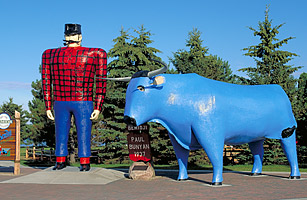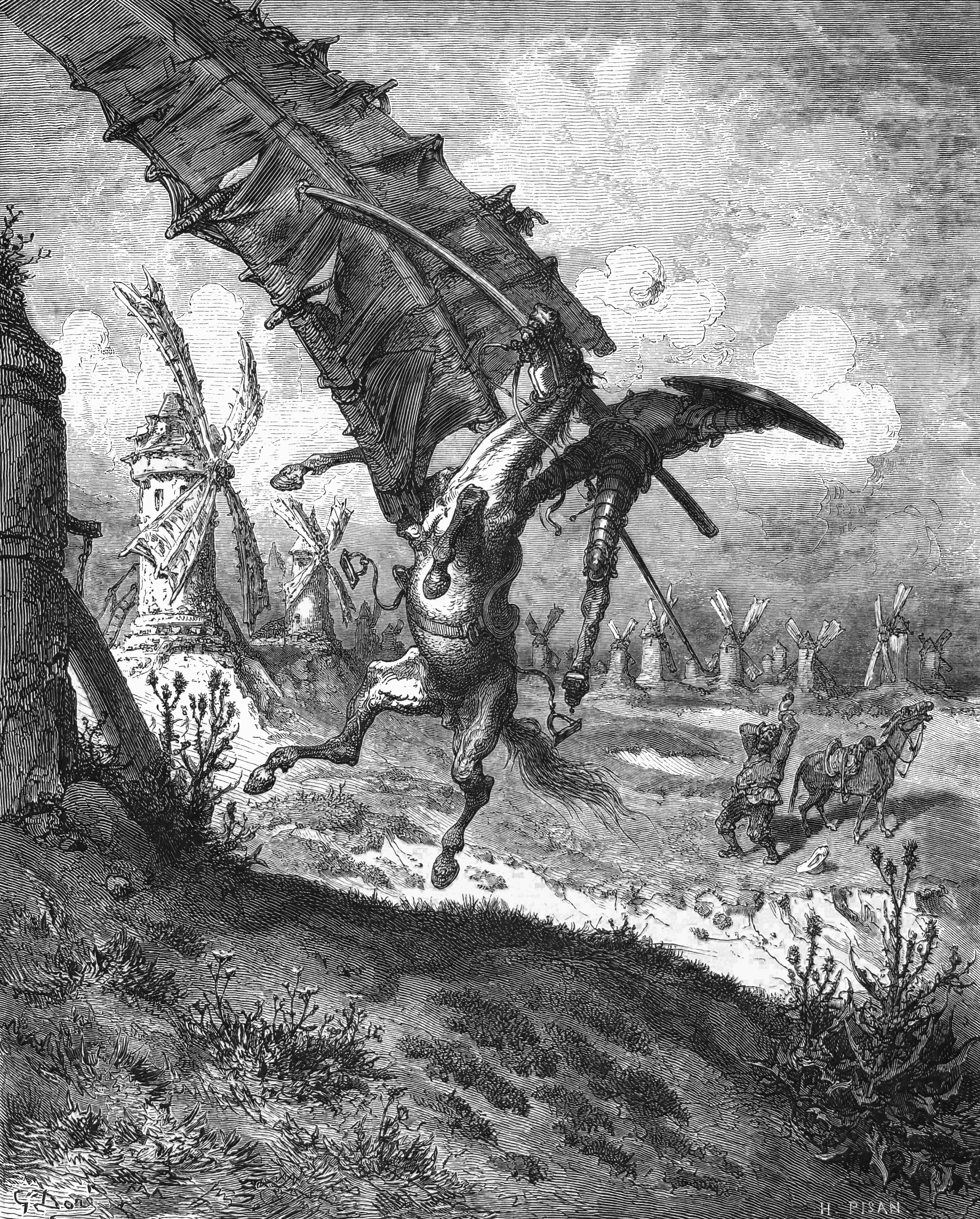|
My Hero (U.S. TV Series)
''My Hero'' is an American television sitcom that aired on NBC on Saturday nights from November 8, 1952, to June 20, 1953, under the sponsorship of Dunhill cigarettes. It was also shown in Melbourne, Australia, on ABV-2 during 1956/1957. The programme was the second import to be shown by ITV (ATV London) on 24 September 1955. The series appears to have entered the public domain, with several episodes viewable on the Internet Archive. Most of these episodes are syndication copies which run about 24 minutes; The original broadcasts had featured a somewhat elaborate opening sequence involving well-dressed people entering a theater, including a sponsor I.D. (as can be seen on the episode ''The Big Crush''), and this elaborate opening sequence was replaced with a very short (for the 1950s) opening sequence for syndicated repeats, resulting in a shorter running time. Premise Robert Beanblossom was a real estate salesman who worked for Willis Thackery at the Thackery Realty Company. Ca ... [...More Info...] [...Related Items...] OR: [Wikipedia] [Google] [Baidu] |
Situation Comedy
A sitcom, a portmanteau of situation comedy, or situational comedy, is a genre of comedy centered on a fixed set of characters who mostly carry over from episode to episode. Sitcoms can be contrasted with sketch comedy, where a troupe may use new characters in each sketch, and stand-up comedy, where a comedian tells jokes and stories to an audience. Sitcoms originated in radio, but today are found mostly on television as one of its dominant narrative forms. A situation comedy television program may be recorded in front of a studio audience, depending on the program's production format. The effect of a live studio audience can be imitated or enhanced by the use of a laugh track. Critics disagree over the utility of the term "sitcom" in classifying shows that have come into existence since the turn of the century. Many contemporary American sitcoms use the single-camera setup and do not feature a laugh track, thus often resembling the dramedy shows of the 1980s and 1990s rather ... [...More Info...] [...Related Items...] OR: [Wikipedia] [Google] [Baidu] |
Slapstick
Slapstick is a style of humor involving exaggerated physical activity that exceeds the boundaries of normal physical comedy. Slapstick may involve both intentional violence and violence by mishap, often resulting from inept use of props such as saws and ladders. The term arises from a device developed for use in the broad, physical comedy style known as ''commedia dell'arte'' in 16th-century Italy. The " slap stick" consists of two thin slats of wood, which make a "slap" when striking another actor, with little force needed to make a loud—and comical—sound. The physical slap stick remains a key component of the plot in the traditional and popular Punch and Judy puppet show. Other examples of slapstick humor include '' The Naked Gun'' and Mr. Bean. Origins The name "slapstick" originates from the Italian ''Batacchio'' or ''Bataccio'' – called the " slap stick" in English – a club-like object composed of two wooden slats used in ''commedia dell'arte''. When struck, ... [...More Info...] [...Related Items...] OR: [Wikipedia] [Google] [Baidu] |
1952 American Television Series Debuts
Year 195 ( CXCV) was a common year starting on Wednesday (link will display the full calendar) of the Julian calendar. At the time, it was known as the Year of the Consulship of Scrapula and Clemens (or, less frequently, year 948 ''Ab urbe condita''). The denomination 195 for this year has been used since the early medieval period, when the Anno Domini calendar era became the prevalent method in Europe for naming years. Events By place Roman Empire * Emperor Septimius Severus has the Roman Senate deify the previous emperor Commodus, in an attempt to gain favor with the family of Marcus Aurelius. * King Vologases V and other eastern princes support the claims of Pescennius Niger. The Roman province of Mesopotamia rises in revolt with Parthian support. Severus marches to Mesopotamia to battle the Parthians. * The Roman province of Syria is divided and the role of Antioch is diminished. The Romans annexed the Syrian cities of Edessa and Nisibis. Severus re-establish his h ... [...More Info...] [...Related Items...] OR: [Wikipedia] [Google] [Baidu] |
Black-and-white American Television Shows
Black-and-white (B&W or B/W) images combine black and white in a continuous spectrum, producing a range of shades of grey. Media The history of various visual media began with black and white, and as technology improved, altered to color. However, there are exceptions to this rule, including black-and-white fine art photography, as well as many film motion pictures and art film(s). Photography Contemporary use Since the late 1960s, few mainstream films have been shot in black-and-white. The reasons are frequently commercial, as it is difficult to sell a film for television broadcasting if the film is not in color. 1961 was the last year in which the majority of Hollywood films were released in black and white. Computing In computing terminology, ''black-and-white'' is sometimes used to refer to a binary image consisting solely of pure black pixels and pure white ones; what would normally be called a black-and-white image, that is, an image containing shades of ... [...More Info...] [...Related Items...] OR: [Wikipedia] [Google] [Baidu] |
English-language Television Shows
English is a West Germanic language of the Indo-European language family, with its earliest forms spoken by the inhabitants of early medieval England. It is named after the Angles, one of the ancient Germanic peoples that migrated to the island of Great Britain. Existing on a dialect continuum with Scots, and then closest related to the Low Saxon and Frisian languages, English is genealogically West Germanic. However, its vocabulary is also distinctively influenced by dialects of France (about 29% of Modern English words) and Latin (also about 29%), plus some grammar and a small amount of core vocabulary influenced by Old Norse (a North Germanic language). Speakers of English are called Anglophones. The earliest forms of English, collectively known as Old English, evolved from a group of West Germanic ( Ingvaeonic) dialects brought to Great Britain by Anglo-Saxon settlers in the 5th century and further mutated by Norse-speaking Viking settlers starting in ... [...More Info...] [...Related Items...] OR: [Wikipedia] [Google] [Baidu] |
NBC Original Programming
The National Broadcasting Company (NBC) is an American English-language commercial broadcast television and radio network. The flagship property of the NBC Entertainment division of NBCUniversal, a division of Comcast, its headquarters are located at Comcast Building in New York City. The company also has offices in Los Angeles at 10 Universal City Plaza and Chicago at the NBC Tower. NBC is the oldest of the traditional "Big Three" American television networks, having been formed in 1926 by the Radio Corporation of America. NBC is sometimes referred to as the "Peacock Network," in reference to its stylized peacock logo, introduced in 1956 to promote the company's innovations in early color broadcasting. NBC has twelve owned-and-operated stations and nearly 200 affiliates throughout the United States and its territories, some of which are also available in Canada and Mexico via pay-television providers or in border areas over the air. NBC also maintains brand licensing ... [...More Info...] [...Related Items...] OR: [Wikipedia] [Google] [Baidu] |
I Love Lucy
''I Love Lucy'' is an American television sitcom that originally aired on CBS from October 15, 1951, to May 6, 1957, with a total of 180 half-hour episodes, spanning six seasons. The show starred Lucille Ball, her husband, Desi Arnaz, along with Vivian Vance and William Frawley. The series followed the life of Lucy Ricardo (Ball), a young, middle-class housewife living in New York City, who often concocted plans with her best friends and landlords, Ethel and Fred Mertz (Vance and Frawley), to appear alongside her bandleader husband, Ricky Ricardo (Arnaz), in his nightclub. Lucy is depicted trying numerous schemes to mingle with and be a part of show business. After the series ended in 1957, a modified version of the show continued for three more seasons, with 13 one-hour specials, which ran from 1957 to 1960. It was first known as ''The Lucille Ball–Desi Arnaz Show,'' and later, in reruns, as ''The Lucy–Desi Comedy Hour''. ''I Love Lucy'' became the most-watched show in the U ... [...More Info...] [...Related Items...] OR: [Wikipedia] [Google] [Baidu] |
The Bob Cummings Show
''The Bob Cummings Show'' (also known in reruns as ''Love That Bob'') is an American sitcom starring Bob Cummings, which was broadcast from January 2, 1955, to September 15, 1959. The program began with a half-season run on NBC, then ran for two full seasons on CBS, and returned to NBC for its final two seasons. The program was later rerun on ABC daytime and then syndicated under the title ''Love That Bob''. A similar (but less successful) follow-up series, '' The New Bob Cummings Show'', was broadcast on CBS during the 1961–62 television season. Overview The series stars Cummings as dashing Hollywood photographer, Air Force reserve officer, and ladies' man, Bob Collins. The character's interest in aviation and photography mirrored Cummings' own, with his character's name the same as the role he played in the 1945 film '' You Came Along''. The series also stars Rosemary DeCamp as his sister Margaret MacDonald. In some episodes, Cummings also doubled as Bob and Margaret's ... [...More Info...] [...Related Items...] OR: [Wikipedia] [Google] [Baidu] |
Lohengrin (opera)
''Lohengrin'', WWV 75, is a Romantic opera in three acts composed and written by Richard Wagner, first performed in 1850. The story of the eponymous character is taken from medieval German romance, notably the '' Parzival'' of Wolfram von Eschenbach, and its sequel ''Lohengrin'', itself inspired by the epic of '' Garin le Loherain''. It is part of the Knight of the Swan legend. The opera has inspired other works of art. King Ludwig II of Bavaria named his castle Neuschwanstein Castle after the Swan Knight. It was King Ludwig's patronage that later gave Wagner the means and opportunity to complete, build a theatre for, and stage his epic cycle '' Der Ring des Nibelungen''. He had discontinued composing it at the end of Act II of ''Siegfried'', the third of the ''Ring'' tetralogy, to create his radical chromatic masterpiece of the late 1850s, ''Tristan und Isolde'', and his lyrical comic opera of the mid-1860s, ''Die Meistersinger von Nürnberg''. The most popular and recogn ... [...More Info...] [...Related Items...] OR: [Wikipedia] [Google] [Baidu] |
Ivanhoe
''Ivanhoe: A Romance'' () by Walter Scott is a historical novel published in three volumes, in 1819, as one of the Waverley novels. Set in England in the Middle Ages, this novel marked a shift away from Scott’s prior practice of setting stories in Scotland and in the more recent past. ''Ivanhoe'' became one of Scott’s best-known and most influential novels. Set in 12th-century England, with colourful descriptions of a tournament, outlaws, a witch trial, and divisions between Jews and Christians, Normans and Saxons, ''Ivanhoe'' was credited by many, including Thomas Carlyle and John Ruskin, with inspiring increased interest in chivalric romance and medievalism. As John Henry Newman put it, Scott "had first turned men's minds in the direction of the Middle Ages". ''Ivanhoe'' was also credited with influencing contemporary popular perceptions of historical figures such as Richard the Lionheart, John, King of England, King John, and Robin Hood. Composition and sources In Ju ... [...More Info...] [...Related Items...] OR: [Wikipedia] [Google] [Baidu] |
Paul Bunyan
Paul Bunyan is a giant lumberjack and folk hero in American and Canadian folklore. His exploits revolve around the tall tales of his superhuman labors, and he is customarily accompanied by Babe the Blue Ox. The character originated in the oral tradition of North American loggers, and was later popularized by freelance writer William B. Laughead (1882–1958) in a 1916 promotional pamphlet for the Red River Lumber Company. He has been the subject of various literary compositions, musical pieces, commercial works, and theatrical productions. His likeness is displayed in a number of oversized statues across North America. Etymology There are many hypotheses about the etymology of the name ''Paul Bunyan''. Much of the commentary focuses on a French-Canadian origin for the name. Phonetically, Bunyan is similar to the Québécois expression "''bon yenne!''" expressing surprise or astonishment. The English surname Bunyan is derived from the same root as " bunion" in the Old F ... [...More Info...] [...Related Items...] OR: [Wikipedia] [Google] [Baidu] |
Don Quixote
is a Spanish epic novel by Miguel de Cervantes. Originally published in two parts, in 1605 and 1615, its full title is ''The Ingenious Gentleman Don Quixote of La Mancha'' or, in Spanish, (changing in Part 2 to ). A founding work of Western literature, it is often labelled as the first modern novel and one of the greatest works ever written. ''Don Quixote'' is also one of the most-translated books in the world. The plot revolves around the adventures of a member of the lowest nobility, an hidalgo from La Mancha named Alonso Quijano, who reads so many chivalric romances that he either loses or pretends to have lost his mind in order to become a knight-errant () to revive chivalry and serve his nation, under the name . He recruits a simple farmer, Sancho Panza, as his squire, who often employs a unique, earthy wit in dealing with Don Quixote's rhetorical monologues on knighthood, already considered old-fashioned at the time, and representing the most droll realism in ... [...More Info...] [...Related Items...] OR: [Wikipedia] [Google] [Baidu] |
_03.jpg)





